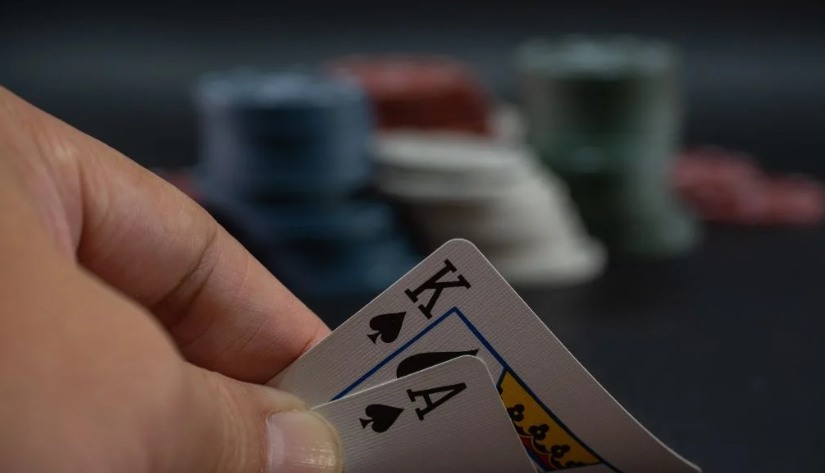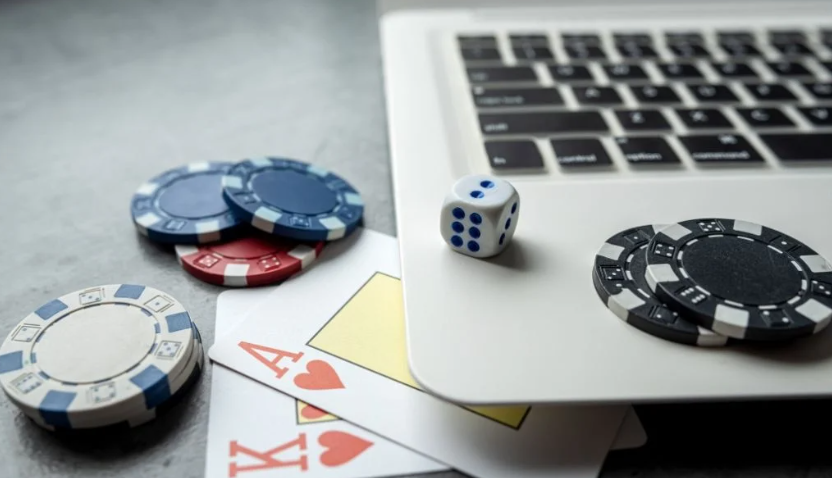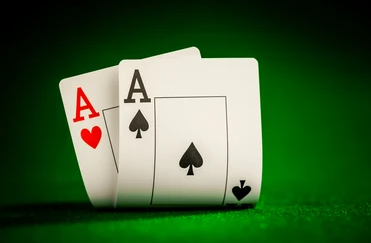Blackjack is a popular game due to its easy learning curve for new players. The rules are straightforward, and each card in the deck has a clear role in the game.
Number cards carry their face value, while face cards are worth 10. However, the Ace stands out because its value can vary, giving you some flexibility in its role.
The Value of an Ace Depends on Your Hand.

In standard blackjack, an ace can be valued at either one or 11, depending on the total value of the other cards in your hand.
For instance, if your other cards total 10, the ace counts as 11, giving you a blackjack. Conversely, if your hand adds up to 18, the ace would be worth one, resulting in a solid total of 19.
Some blackjack variants introduce slight rule changes regarding the ace’s value, so it’s always a good idea to review the game’s rules before you play.
Variations in Ace Card Rules in Blackjack.

When deciding how to play your aces in blackjack, the key factors to consider are how many aces you have and any rule variations in the specific game you’re playing. In a standard game, for instance, if you’re dealt a pair of aces, it’s usually wise to split them to maximize your chances of winning.
Some game variants offer a special bonus for a natural blackjack (an ace paired with a 10-value card, totaling 21), so aiming for that is especially important if your first card is an ace. Regardless, always focus on playing the odds in blackjack.


